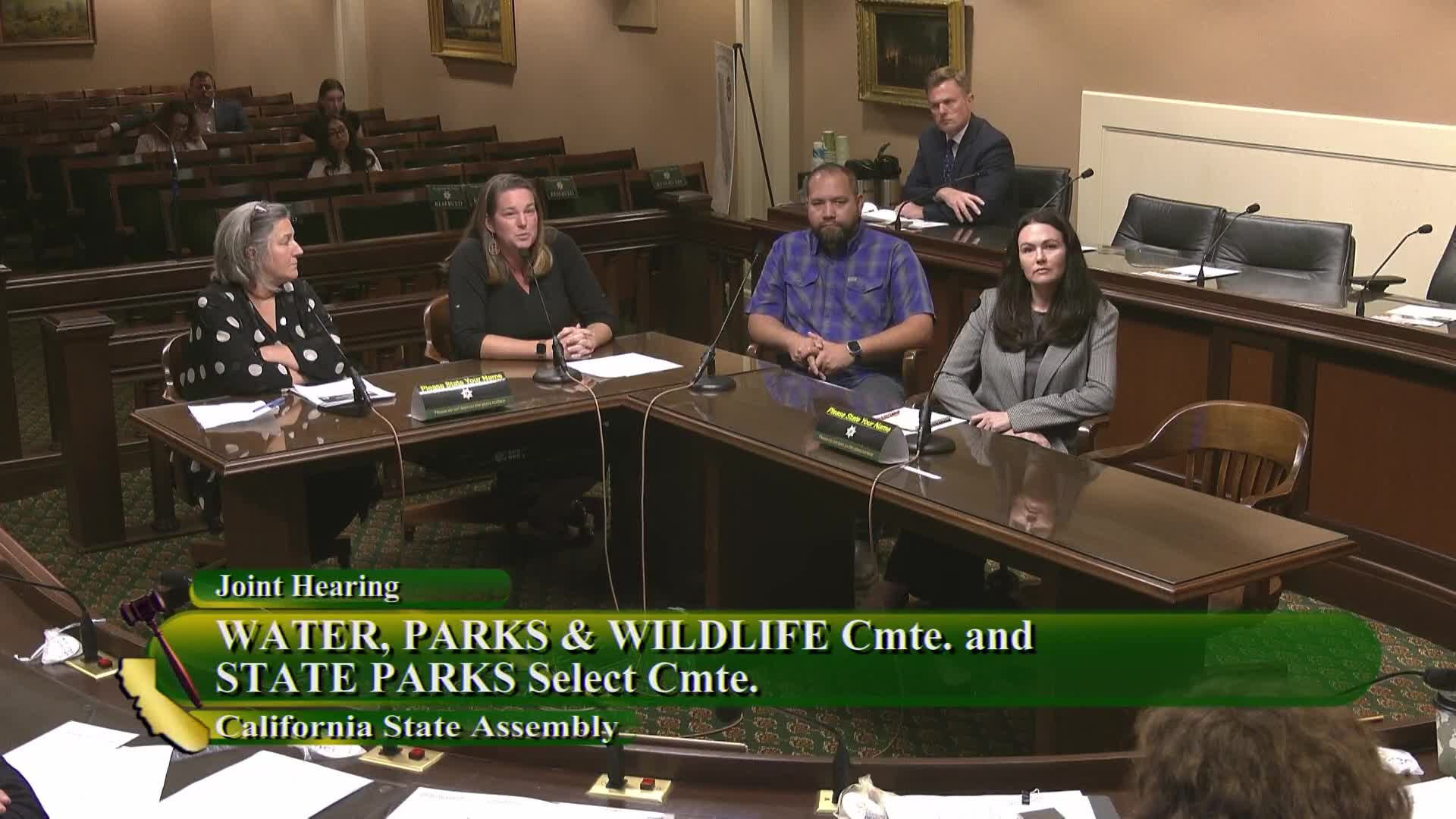California launches innovative park to combat climate challenges
August 13, 2024 | California State Assembly, House, Legislative, California

This article was created by AI summarizing key points discussed. AI makes mistakes, so for full details and context, please refer to the video of the full meeting. Please report any errors so we can fix them. Report an error »

In a recent government meeting, officials highlighted the significant strides made in ecosystem restoration across California's Central Valley, particularly through the establishment of the new Dos Rios State Park. This park, the first new state park in over a decade, aims to address pressing environmental inequities and enhance community access to green spaces.
The park, which spans over 20,000 acres of restored floodplains, serves as a model for climate resilience and biodiversity conservation. It is strategically located at the confluence of the San Joaquin and Tuolumne rivers, crucial waterways that supply drinking water to millions of Californians. The restoration efforts not only aim to improve flood safety but also to recharge depleted aquifers, a critical need as the state faces increasing drought conditions.
Officials emphasized the collaborative effort required to bring Dos Rios to fruition, securing funding from various public sources to support its multi-benefit restoration goals. The park is designed to mitigate flood risks by allowing floodwaters to naturally rejuvenate the ecosystem, thereby reducing stress on existing levee systems.
The discussions also underscored the importance of parks like Dos Rios in fostering community engagement with water systems and promoting environmental stewardship. As California grapples with the dual challenges of drought and flooding, the park represents a forward-thinking approach to water management and ecological restoration.
Looking ahead, officials expressed a vision for expanding similar restoration projects throughout the Central Valley, aiming to create a network of parks that not only enhance biodiversity but also provide vital public safety and water supply benefits. The meeting concluded with a call for significant investment in these initiatives to secure a sustainable water future for California.
The park, which spans over 20,000 acres of restored floodplains, serves as a model for climate resilience and biodiversity conservation. It is strategically located at the confluence of the San Joaquin and Tuolumne rivers, crucial waterways that supply drinking water to millions of Californians. The restoration efforts not only aim to improve flood safety but also to recharge depleted aquifers, a critical need as the state faces increasing drought conditions.
Officials emphasized the collaborative effort required to bring Dos Rios to fruition, securing funding from various public sources to support its multi-benefit restoration goals. The park is designed to mitigate flood risks by allowing floodwaters to naturally rejuvenate the ecosystem, thereby reducing stress on existing levee systems.
The discussions also underscored the importance of parks like Dos Rios in fostering community engagement with water systems and promoting environmental stewardship. As California grapples with the dual challenges of drought and flooding, the park represents a forward-thinking approach to water management and ecological restoration.
Looking ahead, officials expressed a vision for expanding similar restoration projects throughout the Central Valley, aiming to create a network of parks that not only enhance biodiversity but also provide vital public safety and water supply benefits. The meeting concluded with a call for significant investment in these initiatives to secure a sustainable water future for California.
View full meeting
This article is based on a recent meeting—watch the full video and explore the complete transcript for deeper insights into the discussion.
View full meeting
